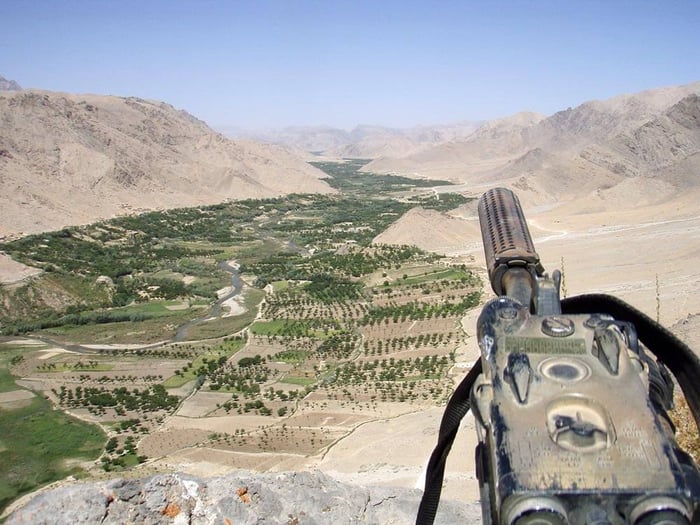
HMAS Sydney Formally Farewelled
The Royal Australian Navy farewelled HMAS Sydney in a formal decommissioning ceremony after more than 30 years service.
General Sir Peter Cosgrove, Governor-General of Australia, together with Minister for Defence Marise Payne, and Chief of Navy Vice Admiral Tim Barrett attended the decommissioning of HMAS Sydney, at her homeport of Garden Island.
The Australian White Ensign was lowered from the ship for the last time, and handed to Commanding Officer Lieutenant Commander David Murphy, as is the tradition for Navy during decommissioning ceremonies.
Senator Payne said the fourth Royal Australian Navy ship to bear the name Sydney had a proud history spanning 32 years.
“The ship has served Australia with distinction including during active service to Kuwait in 1991, East Timor in 1999, and subsequent deployments to the Middle East; earning a Meritorious Unit Citation during the First Gulf War,” Senator Payne said.
“During the conduct of maritime operations spanning the globe, Sydney steamed 959,627 nautical miles across operations in locations including Fiji, Papua New Guinea and the Solomon Islands.
“More recently, Sydney has been tasked in border-protection operations and major coalition exercises.
“Her last mission, which concludes in December this year, is the important harbour training ship role providing the vital technical training that our next generation of sailors need for the new capability on the Royal Australian Navy’s horizon.”
Sydney was built at the Todd Pacific Shipyards in Seattle, Washington, in the United States, and commissioned in 1983.
Her commissioning crew trained in the US for just over 12 months before sailing for Australian waters.
Sydney is being decommissioned to make way for the Hobart-class air warfare destroyers, which will provide Australia with an improved warfighting capability.













